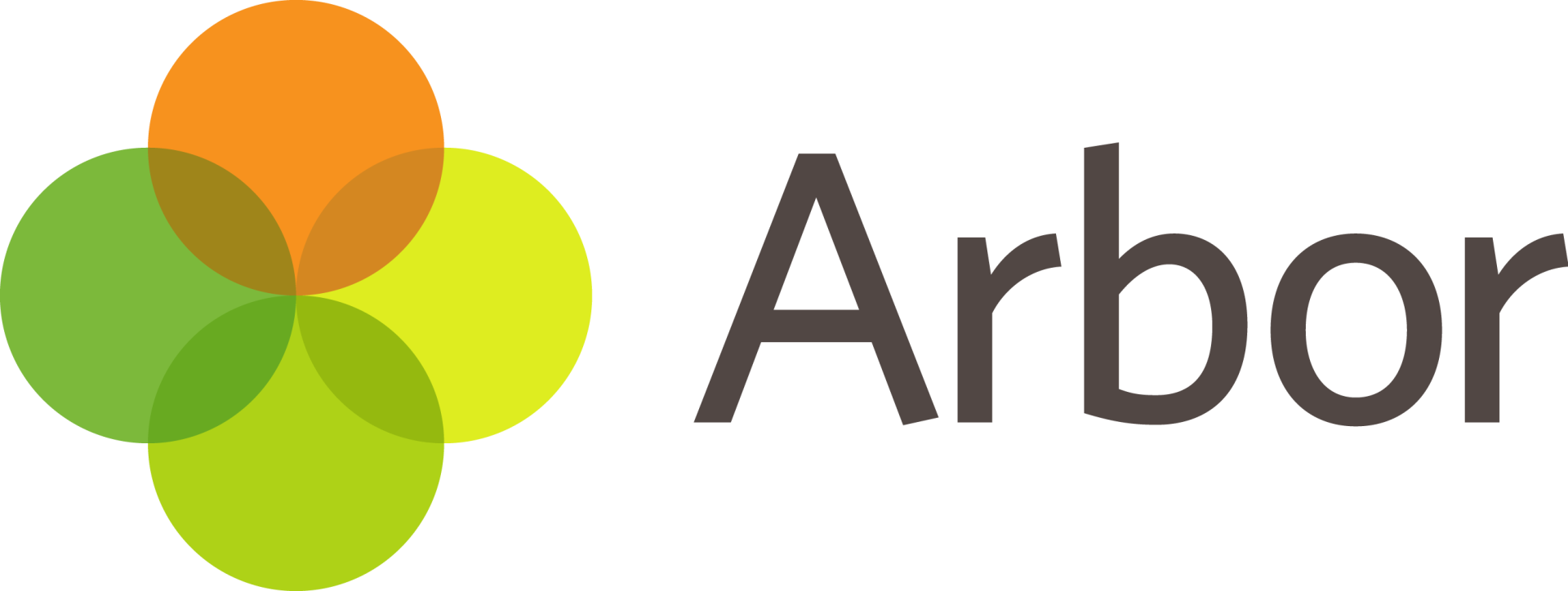The Learning Environment at Charborough
At Olympus we believe that children have the right to a rich multi-sensory environment: one that stimulates and provokes learning and reflects the importance of aesthetics and beauty; One that is well organised, reflects high expectations and standards and enables learners to develop independence in their learning.
Our rationale for this approach is based on various theories, research, concepts and ideas. The relationship between pedagogy and learning spaces is integral to our approach and we believe first and foremost that the learning environment should be designed to support high quality interaction and teaching and learning.
The Reggio Emilia Approach and the Montessori style of experimenting, were instrumental in defining our approach. Our inspiration that space, light, colour and form can either enhance and facilitate or impinge and intrude on a child’s learning journey is integral to the way that our school environments are designed and this is premised on us believing that our environment is ‘The Third Teacher’.
Environment at Olympus is by design not accident. Colour schemes have been carefully chosen to be subtle and not over stimulate. Where bright colours are evident, they bring a specific tone or function. Materials and finishes have been carefully chosen for their aesthetic properties, beauty, and sensory experience. Floors, walls and ceilings are particularly important to our environments and attention has been paid to how these can facilitate and support children’s learning. Clear, natural style flooring and subtle muted colour schemes allow children’s own learning to be the main focus.
The use of natural materials such as hessian adds a natural sensory quality and does not detract from the documentation of the child’s learning journey. The dining environment and experience is designed to value the importance of preparation and presentation of food and its relationship to learning.
This guidance sets out to clarify the expectations across The Olympus Academy Trust, as well as a consistent approach and a shared sense of what high standards look like.
- “When it comes to display there is just one question you need to ask yourself, and that is ‘what is it for?’. Its sole purpose is not to make your space look pretty – although what you display should get you that result. It is there to provoke self-esteem and wellbeing, so a child can look at their work and be proud – ‘I did that’, or it is there to provoke learning. Something that will teach or remind but most of all engage.”
Alistair Bryce Clegg
Valuing the learning environment
We will take care when selecting and placing materials around our schools, in the same way that we would in our own homes. Wherever possible, we will use natural materials, muted and soft colours; careful placement of objects, images and quotes throughout makes the entire experience of being there feel special.
“While it is not ‘precious’ or forced, the environment is respectful and sophisticated”.Kath Murdoch
Carefully chosen provocations around the school will invite interaction from the children.
The Classroom Environment
Ensuring that our identity, values and beliefs are clear and visible.
We want our learning environment to reflect our values, as well as our enquiry-based curriculum. These values and principles should be explicit on the walls or tables rather than being hidden in a policy document on an office shelf. The learning environment serves as a constant reminder to everyone of the shared beliefs underpinning our schools.
The following areas should be represented within the classroom as a minimum:
- Curious Curriculum – this should include opportunity for the display to be led by the children’s developing interests.
- Maths
- English
- Phonics (EYFS/KS1)
- Reading Area
1. Learning Walls
We have a ‘learning wall’ approach to display within the classroom. Learning walls should show a range of examples of children’s work, in a range of media – taking on a ‘scrapbook’ feel. Displays should ‘grow’ as the learning progresses; with examples of learning going on display as they happen (not held back to be displayed as a finished product).
Backgrounds should be neutral, borders should define a space or compliment it, without fighting with it. It is children’s work and creativity that should take centre stage.
The class key text should be clearly visible within the classroom display; this may be within the themed learning display board.
- “Children’s thinking is made visible throughout the school – every area outlines a learning journey”.
Kath Murdoch
2. Maths & English Learning Walls
A learning wall should include learning prompts linked to the key skills appropriate to the age and stage of the children. These prompts should be used to support teaching and learning, encouraging children to engage with their environment and the resources/prompts available to them.
Examples of work, in a variety of media, should be added as the learning journey progresses.
3. Phonics
A phonics display should reflect the phonic phase/phases the children are currently working within. It should include learning prompts that are easily accessible to the children and its use, as a support to learning, should be modelled by adults (for example, if a child asks for help with spelling a word, an adult could support them in finding the appropriate phonemes on the learning journey).
4. Reading Area
All classrooms should include an inviting and gender neutral book area. Soft furnishings, well displayed books and storytelling props all add to the appeal and encourage children to spend time in a book corner, engaging with books and stories.
At Olympus we believe that communication is a key component to learning to read and write. Therefore, we encourage teachers to create ‘book nooks’ and use Elizabeth Jarman’s approach to Communication Friendly Spaces (CFS). Books should be available in all areas of the classroom and school, not just in the book or reading area.
5. De-constructed role-play
At Olympus we not only value, but actively encourage, de-constructed role-play to provide children with the opportunities and materials to be curious and innovative. This could be a selection of provocations that include materials to inspire children to create their own environments. Classrooms will often include such an area. This area should be changed regularly (at least once each term) and should reflect the interests of the children.
The School Environment (beyond the classroom)
Research suggests that we benefit greatly from stronger connections between indoor and outdoor spaces.
- “Taking time to think about and rethink the way we ‘curate’ the physical environment is time well spent.”. Kath Murdoch
Display
Corridor Displays
Display in the corridors will celebrate a current theme/key text. As in the classroom, backgrounds should be neutral, borders should define a space or compliment it, without fighting with it. It is children’s work and creativity that should take centre stage.
Learners’ work should be displayed in an eye-catching manner and the title of the theme/key text should be clear.
“I see the teachers and children as ‘curators’ in the same way a gallery or a museum might be curated.”.Kath Murdoch
Provocations and 3D Displays
Provocations and 3D Displays will be used around the school to develop engagement, participation and critical thinking.
An Enabling Environment
Resources should be easily accessible, inviting and clearly labelled.
Communication Friendly Spaces
All Olympus Academy Trust primary schools aim to be Communication Friendly Spaces, based on our work with Elizabeth Jarman.
Elizabeth Jarman says, “It’s critical to understand how the physical space needs to connect with the underpinning pedagogy of the setting or school. It’s essential to tune into the environment from the learner’s perspective. We need to observe the way that children interact with the environment if a developmentally appropriate, inclusive and responsive learning space is to evolve, which really meets the needs of children in the space, reflecting their preferred contexts for learning.”
In line with these principles, all Olympus Academy Trust primary school environments will provide:
Physical Environment
- Classrooms, which are warm, clean, airy, calm and welcoming.
- Furniture, which is comfortable and capable of being easily moved to ensure variety.
- Areas should be provided for quiet, individual, paired or group reflection or reading.
- Displays, including learning/wonder walls, provocations and learning resources which will stimulate enquiry and interest.
- Free access to water and the toilet.
Social and Emotional Environment
We will:
- Greet learners by name and their chosen way of being welcomed, thus making them feel welcome.
- Create a calm and purposeful demeanour, expecting our pupils to do the same.
- Create routines help to establish order.
- Show high and consistent expectations of every pupil.
- Make a point of commending and rewarding good behaviour.
- Praise those who engage in the learning process.






